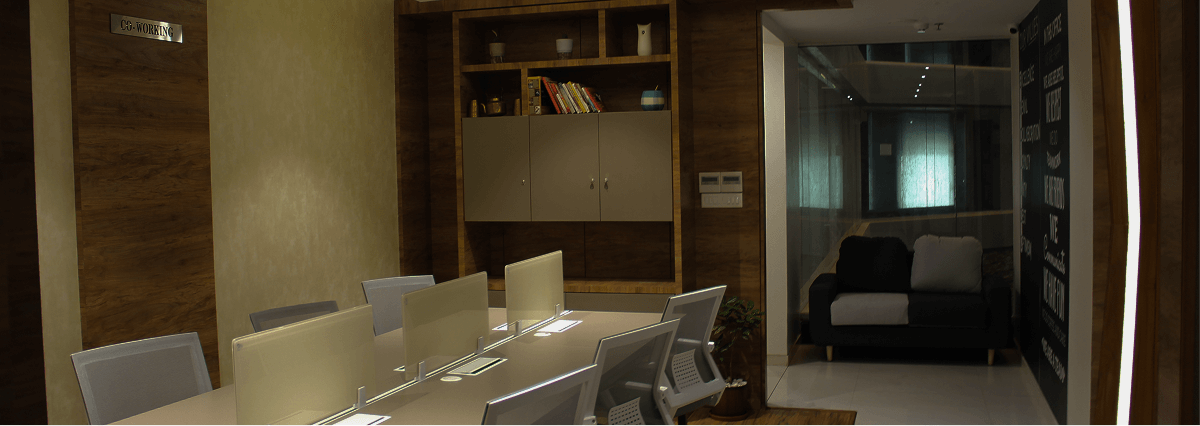If your lawn is buffalo or fine couch such as Santa Ana, please read our post on Dethatching here
Signs your lawn may need scarifying:
- The lawn feels spongy when walked on.
- The grass is struggling to grow and appears thin and patchy.
- You can see accumulated dead matter (straw coloured) clearly amongst the living grass.
Scarifying a lawn significantly thins the layer of dead, organic matter (thatch) that naturally develops below soil level up to the growing grass. This thatch layer is composed of dead grass, roots, and other debris.
So why scarify?
- Water penetration: Thatch often prevents water from reaching the soil, so despite the lawn looking like you watered it, in reality most of it is lost as runoff, or pools on top until it evaporates.
- Air circulation: Scarifying itself cuts below the soil to remove dead and excess root mass, this then allows oxygen to reach the roots, promoting stronger growth. Oxygen is critical to the microbes that support the nutrient uptake of your lawn.
- Nutrient absorption: Once water can easily penetrate to the roots nutrient from applied fertilisers can reach the roots more effectively. Microbes flourish, breaking down organic matter into nutrients your lawn will benefit from.
- Pests and disease: Thick thatch creates a dark, damp layer - an ideal environment for pests, diseases, fungus and moulds.
- Improved appearance: Scarifying will allow the grass to grow back in a nice tight formation, making the lawn look healthier and more vibrant.
This is a process that needs some pre-planning, please be sure to read the step by step requirements
If you would like a no obligation visual explanation and evaluation of your own lawn you can ring and book a time with us, or send a text letting us know you'd like to catch up when we're next looking after your lawns.

